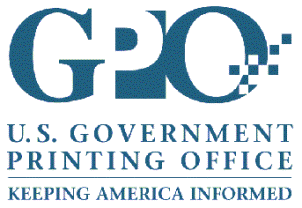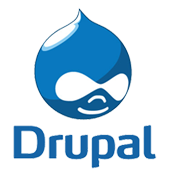Governments, like other large organizations, collect, produce, and distribute information. They generate statistical, demographic, economic, and geospatial information, and publish documents such as laws, regulations, executive orders, and other public records of legislative, judicial, and executive decisions and activities.
In the print era, the United States government agencies published most of their documents and data through the Government Printing Office.

Libraries acquired those materials, stored, organized, and preserved them, and promoted access by cataloging and indexing them and providing guidance on their use to researchers. Many U.S. research libraries serve as regional and selective federal depositories, maintaining and continuing to add to collections of government print and microform publications. CRL preserves government publications that are not widely available elsewhere, especially U.S. state agency publications prior to 1950.
Libraries also purchase access to government documents and data aggregated and republished by commercial publishers like ProQuest, LexisNexis, and others . . .


In the digital era, government agencies expose documents, data, and information directly to the web, and “open government” data initiatives have been embraced in the U.S. at the local, state, and federal levels. As a result, more actors are involved in the production and distribution of government information, leading to greater complexities and contingencies in the supply chain.
These actors include organizations responsible for the technologies that enable production and distribution of government information in electronic form: organizations that produce the software agencies use for creating digital documents and content . . .



And makers of the cloud-based applications and platforms, like Google Maps, YouTube, and FaceBook, that enable the storage, display, manipulation, and analysis of government-produced content, and its interoperability with related documents and information from other sources . . .



In addition, a growing number of commercial entities mine, re-aggregate, and provide access to government-produced information in the digital era, building new services and products around data generated and exposed by federal, state, and local agencies.



The electronic publishing process is fluid and dynamic: instead of producing “documents” and other discrete units of digital information, agencies output information in the form of electronic text, video, datasets, and other formats that can be continually updated, edited, and revised-- and even withdrawn entirely from the platforms on which they are published.
Preserving digital government information therefore requires a different set of strategies than those that ensured the long-term integrity and persistence of paper-based materials. Government agencies, research libraries, and commercial publishers and aggregators will all play roles in that endeavor.
